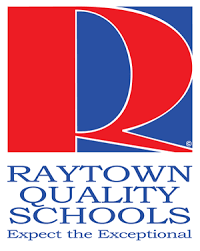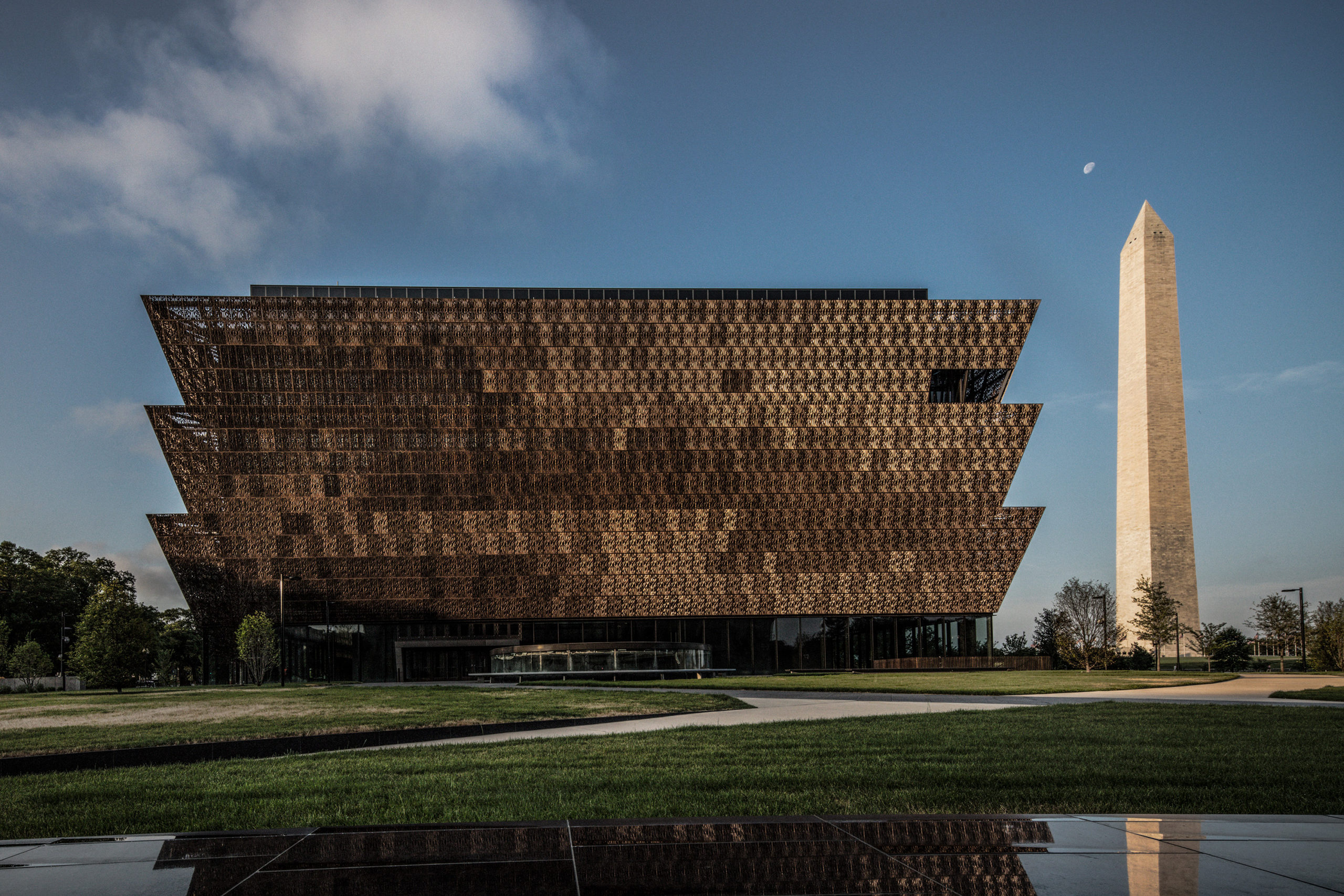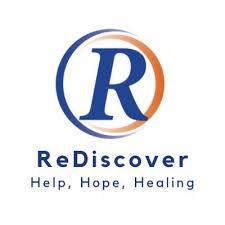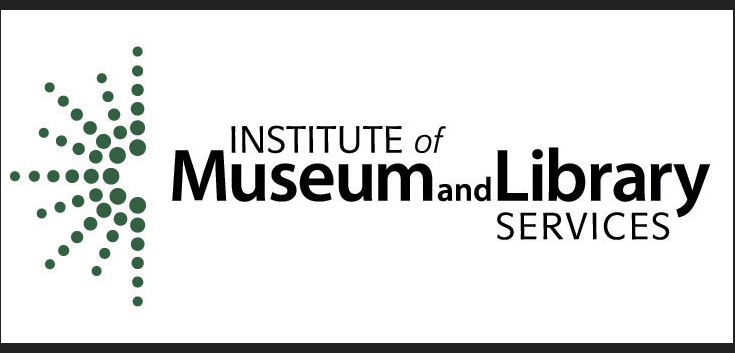Blog
10 Sep Funding Alert! Institute of Museum and Library Services – National Leadership Grants for Museums
Institute of Museum and Library Services – National Leadership Grants for Museums Attention museum folks! Here’s another spotlight on the museum funding opportunities that are currently open. If your program is seeking to explore opportunities to improve the museum profession at a broad level, you might be interested in this solicitation. The Institute of Museum and Library Services (IMLS) recently opened applications for the National Leadership Grants (NLG) for Museums program to support projects that address pressing needs of the broader museum field, as well as projects that can advance practices and strengthen museum services. The mission of the IMLS is to inspire libraries and museums to advance innovation, lifelong learning, and cultural and civic engagement. The agency accomplishes this through research, policy and development, and grantmaking opportunities such as the NLG program.08 Sep Managing Relationships In A Time of Distance by Tracey Diefenbach, GPC
Lately, I have been thinking a lot about relationships. Perhaps it is all the talk of social distancing, self-quarantine, and isolation. As a seasoned grant professional working at my home office for more than ten years, I can honestly say this is the first time I have ever felt “alone.” One might wonder how I could feel lonely with my new “co-workers”; my once-quiet office is now interrupted by two kids, markers, paint, notepads, and maybe even yesterday’s fruit snacks stuck to my desk (don’t judge)! But I desperately miss face-to-face meetings with clients, board and committee meetings, and live trainings that provide valuable in-person adult time to connect and build or strengthen relationships.08 Sep Raytown C-2 School District (RQS) Receives $384,000 Grant from the Missouri Department of Elementary and Secondary Education
Raytown C-2 School District (RQS) recently received a grant for $384,000 from the Missouri Department of Elementary and Secondary Education Homeless Children and Youth Grant Program (MO DESE) to provide services that ensure students currently experiencing homelessness have equal access to education without barriers including academic support which will lead to academic achievement, removal of enrollment obstacles, and assurance that policies and procedures are fair and do not negatively impact them because of their homelessness.04 Sep Funding Alert! Institute of Museum and Library Services – Museum Grants for African American History and Culture
Institute of Museum and Library Services – Museum Grants for African American History and Culture Attention museum folks – another opportunity for you this week! If your institution is an African American museum looking for capacity-building and/or staff professional development opportunities, you might be interested in this funding program. The Institute of Museum and Library Services (IMLS) recently opened applications for the Museum Grants for African American History and Culture (AAHC) program to nurture museum professionals, build institutional capacity, and increase access to museum and archival collections at African American museums and Historically Black Colleges and Universities (HBCUs). The mission of the IMLS is to inspire libraries and museums to advance innovation, lifelong learning, and cultural and civic engagement. The agency accomplishes this through research, policy and development, and grantmaking opportunities such as AAHC.01 Sep ReDiscover Receives a $40,000 Grant from the Health Forward Foundation
ReDiscover recently received a grant for $40,000 from the Health Forward Foundation, Applicant Defined Grant to fund the salary and benefits for a new Medicaid eligibility specialist (MES), which will expand ReDiscover’s capacity to serve uninsured, low-income men, women, and children in Jackson County, MO.31 Aug Clarify Your Financial Situation with a Braided Funding Template by AGS Staff
Every grant proposal requires some type of budget. Unfortunately, some of us tend to put off this component for as long as we can. However, it should really be the starting point. When we write a proposal, it should be for the purpose of filling a gap in our budget, not just to get money for money’s sake. In a previous blog, Julie Alsup introduced the idea of braided funding. Here, let's walk you through the nuts and bolt of implementing this useful concept.28 Aug Funding Alert! Museums for America Opportunity
Institute of Museum and Library Services – Museums for America Attention museum folks! If your program is seeking funding to strengthen your museum’s capacity to serve the public, you might be interested in this opportunity. The Institute of Museum and Library Services (IMLS) recently opened applications for the Museums for America program grants to support lifelong learning, increase public access, and improve capacity.25 Aug Children’s Center for the Visually Impaired (CCVI) Receives $75,000 Grant from the Sarli Family Foundation
The Children’s Center for the Visually Impaired was recently awarded a $75,000 general operating grant from Sarli Family Foundation to support comprehensive, individualized educational, and therapy program for blind or visually impaired children and their families.23 Aug Braiding Funds Without Getting Tied up in Knots – Approaching budgets with pre-award and post-award in mind by Julie Alsup, GPC
Posted at 07:00h
in Budgets, Competency Five, Competency Four, Grant Reporting, Grants Management, Julie Alsup, GPC
Braided funding, supplanting, and leveraged funds are important concepts to understand for the purposes of effective grant planning (pre-award) and for successful grant management (post-award).
Put simply, braided funding refers to the concept of using multiple funding streams to support the expenses of an organization, program, or project. Having more than one funding stream helps to minimize risk should one funding stream dry up. In addition, having one or more confirmed revenue source helps build confidence among other potential funders.










